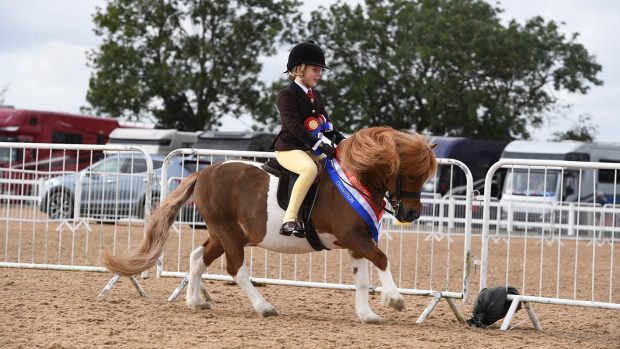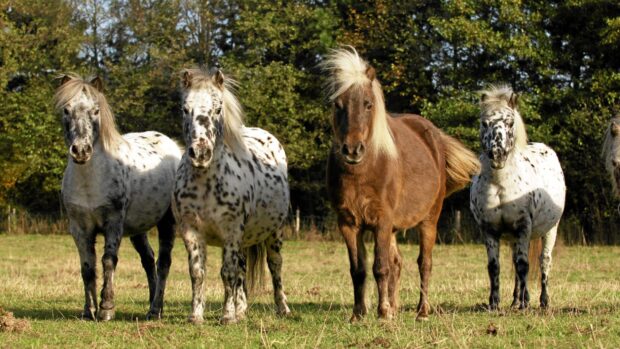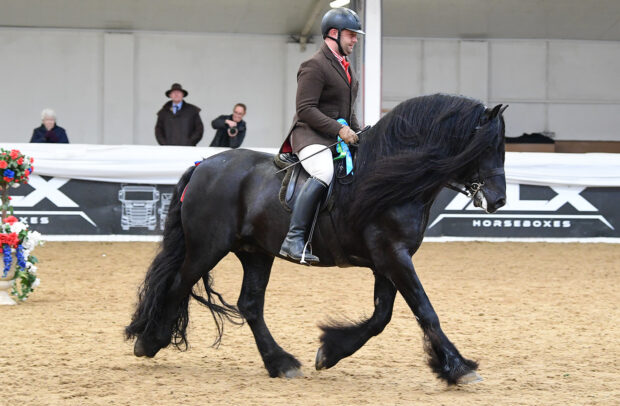Almost every aspect of equestrianism has been hit by the recession — except mountain and moorlands, whose popularity in the showring continues to rise. But what were native ponies originally bred for?
- Shetland: used to transport peat from the bogs and seaweed to fertilise the fields and was used as a pit pony and pack animal.
- Highland: bred to work on the small farms and estates of Scotland, carrying and hauling game and timber as well as ploughing.
- Fell: predominantly a pack pony,
although it was also used for riding, ploughing and shepherding. - Dales: evolved from the Scotch Galloway pack animal and used to transport lead, coal and ore from the mines of North Yorkshire, Teeside and Tyneside to the ports on the coast. Also for driving, riding and general farm work as well as carrying heavy loads over great distances.
- New Forest: always popular as a ridden animal being fast and sure-footed, yet able to carry large weights over great distances and for long periods. Also used for hunting in the Royal Forest and farm work.
- Dartmoor: used in mines and load carrying as a pack animal, as well as having a suitable temperament for riding and shepherding.
- Exmoor: dates from when the Celts settled in Britain; these ponies were tamed and broken to pull their chariots. They were also used for riding, acting as pack animals and even to plough.
- Connemara: used for farm work, driving
and riding. - Welsh mountain (section A): used for shepherding, riding, as a pack animal and down the mines.
- Welsh section B: riding and driving.
- Welsh section C: shepherding, riding and driving.
- Welsh section D: used for all kinds of farm work, driving and riding.To read the full feature about native breeds see the current showing special of H&H, which includes an interview with producer Julie Templeton and a selection of products to keep you dry this season
Read all the latest showing news




